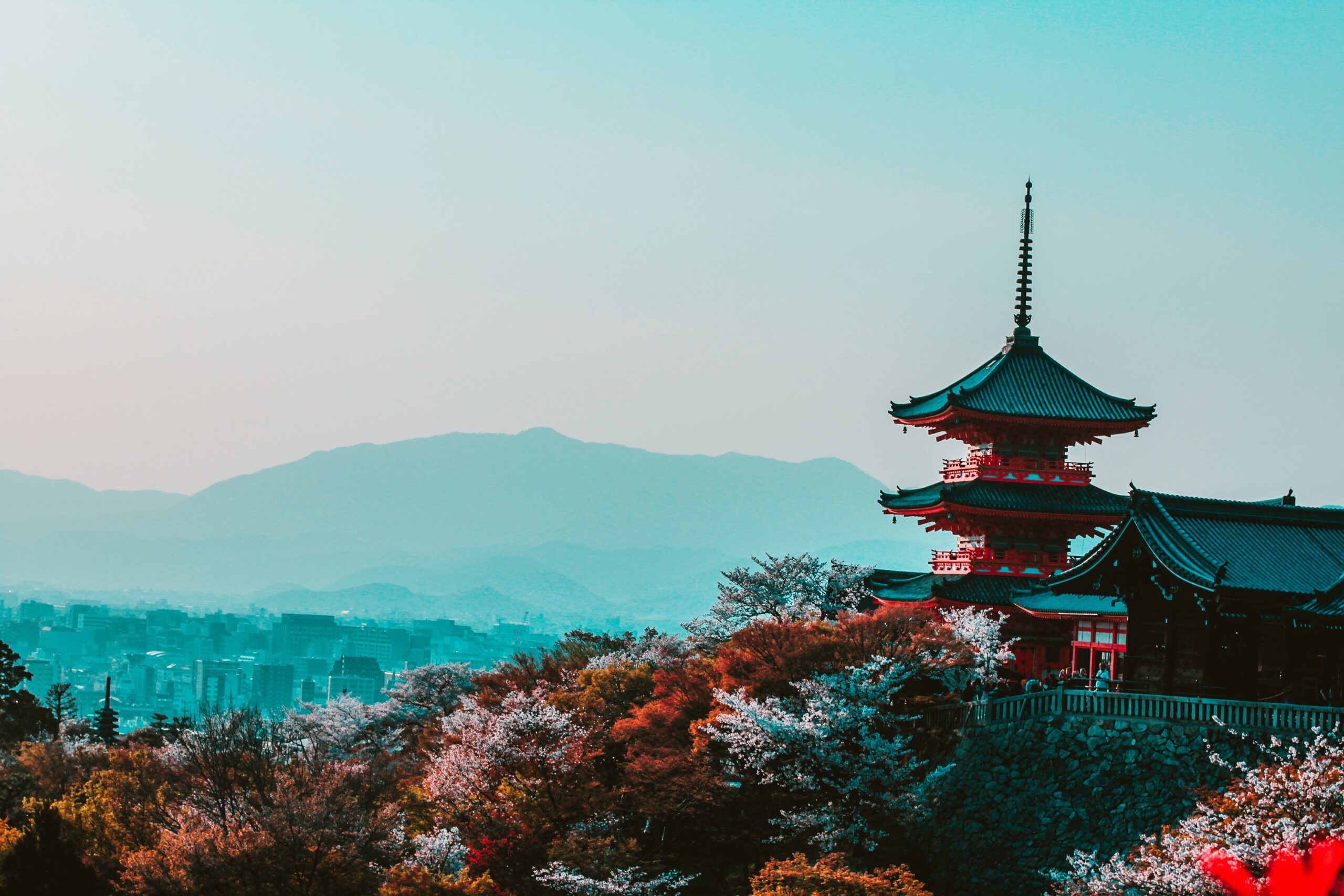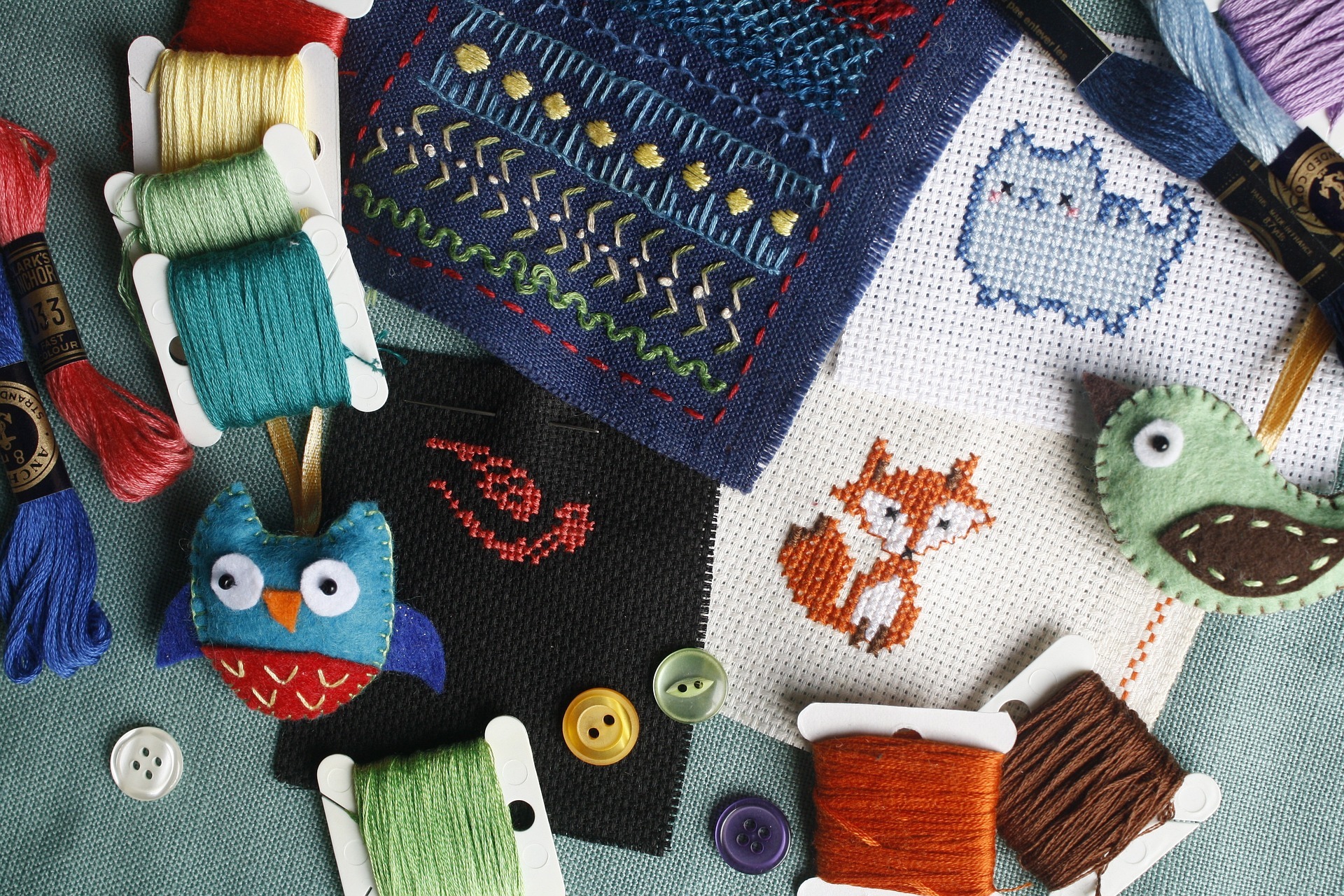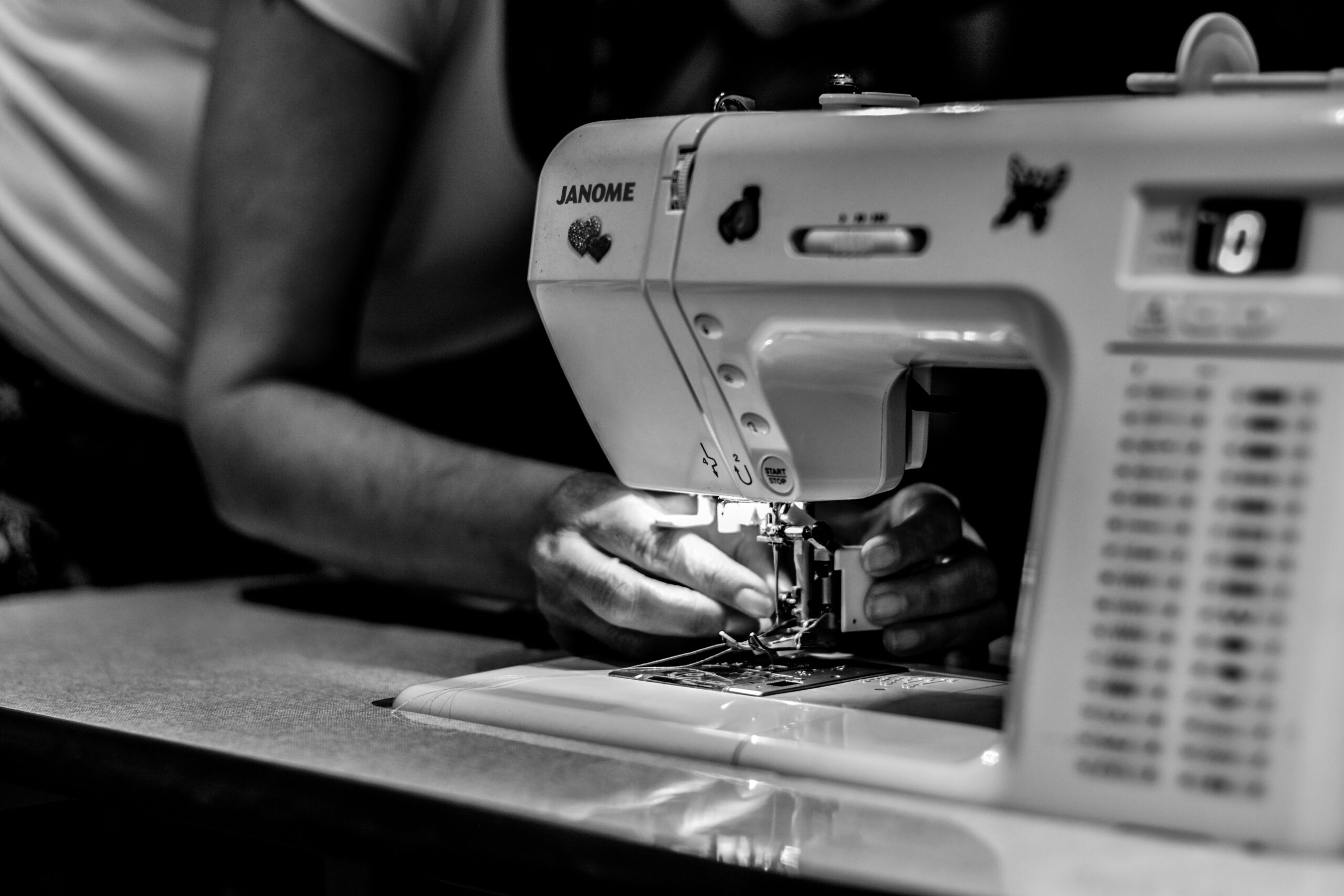The traditional Japanese sewing is called “Sashiko”, which means “little stabs.” This originated in Japan’s rural north and spread south along trade routes in the 17th century. Contrary to the country’s gorgeous silk fabrics, sashiko was considered as a “folk textile” because it was used by the peasant or lower classes of Japan. It is a form of hand-sewing particular patterns that uses simple running stitches sewn in an interlocking or repeating pattern through several layers of fabric.
Since silk and cotton were expensive before for many people to afford and were reserved for the higher section of society, the clothing used by ordinary people was more prone to tearing due to its cheap fabrics. Sashiko was mostly used by farming and fishing families to mend or make more substantial and sturdy practical workwear from worn-out garments and clothing. Given these circumstances, Japanese sewing became a skill needed for survival.
However, sashiko has evolved over the centuries from being considered as cheap or low-cost sewing into decorative stitching. This follows a geometric pattern that is separated into five types, where as follows:
1. Moyozashi – creates intricate patterns by using long lines of flowing stitches. In this traditional Japanese art technique, stitches do not touch or intersect.
2. Hitomezashi – often known as ‘one stitch’ sashiko. It creates a simple running stitch design, but the stitches are evenly spaced and equally sized on the surface and underside of the fabric.
3. Kogin – creates attractive geometric designs with short horizontal running stitches. It resembles snow scattered on the ground using white thread and dark indigo cloth.
4. Shonai – initially used to put two or more layers of cloth or fabrics together – it is characterized by long-running stitches that cross and re-cross each other.
5. Kakurezashi – the technical term for a form of sashiko wherein threads used in stitching are covered with indigo dye.
In today’s modern generation, these traditional Japanese sewing styles – such as adding Japanese geometric patterns and designs into wardrobes, fabric goods (table cloth, blankets, etc.), and pieces of furniture- provide exquisite visual attraction to people all over the world.
With Japan’s wide technological advancement over the years, sashiko can be done by automatic sewing machines today. The country has played a massive role in this craftsmanship by producing numerous sewing machines under various brands. The following are some of the most significant Japanese manufacturers:
1. Juki Corporation. The company exclusively produced industrial sewing machines. Over the years, they expanded the company’s inventory by manufacturing industrial and home sewing machines of different types. This brand is believed to be one of the best since all Juki models are thoroughly tested before being launched, ensuring that they are free of flaws and give you a seamless sewing experience.
2. Brother Industries. Formerly called “Nippon Sewing Machine Manufacturing Co.”, they have been exporting sewing machines overseas since 1947. You can find heavy-duty vintage Brother sewing machines in straight stitches and many other styles.
3. Toyota Sewing Machines. This company is well-renowned for selling top-notch cars; however, many people don’t realize that it has been manufacturing sewing machines for decades. Toyota has exported machines mainly in Europe and has been well-regarded for reliability. They offer sergers, heavy-duty machines for leathers and regular machines as well.
4. Janome. Another Japanese sewing machine company that has been exporting machines for many years. The same company also made Kenmore and New home sewing machine brands at their Japan factory. Janome was one of the first companies to introduce the programmable sewing machine.
Conclusion:
Through the advancement of high-quality technology in Japan, the country’s traditional sewing system has became well-known and appreciated globally. From being thought of as lowly and cheap, sashiko has rose to the limelight by providing additional visual appeal to wardrobes and other fabric materials. Sewing machines and tools are now available to make this type of sewing more accessible to people who want to learn this specific type of stitching.



